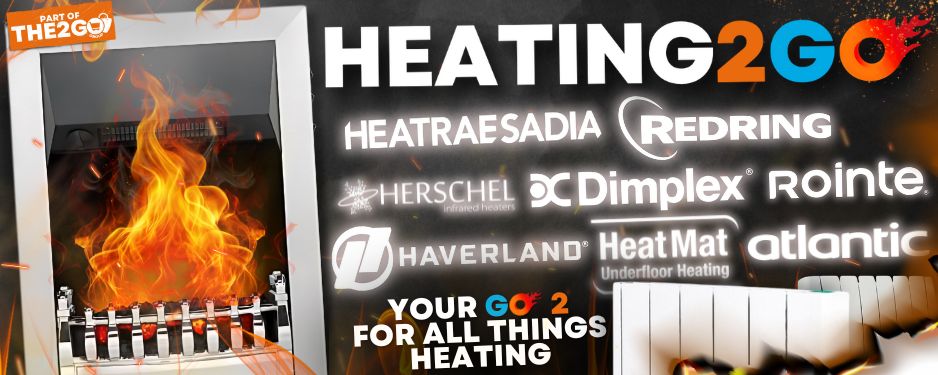Hi all,
I have a small job on tomorrow - ( just replace a radiator valve ) - I don't want to spend time draining down an entire heating system so am thinking I 'll try bunging it. Am I correct in thinking I'll close both valves , drain radiator and remove from wall ( want to run a hose thro it outside ) - then bung the vent pipe and feed pipe. Take old valve off and replace - and then refit the rad. Remove bungs and hey presto ! hopefully......
Have I missed anything?
cheers
dave
I have a small job on tomorrow - ( just replace a radiator valve ) - I don't want to spend time draining down an entire heating system so am thinking I 'll try bunging it. Am I correct in thinking I'll close both valves , drain radiator and remove from wall ( want to run a hose thro it outside ) - then bung the vent pipe and feed pipe. Take old valve off and replace - and then refit the rad. Remove bungs and hey presto ! hopefully......
Have I missed anything?
cheers
dave



